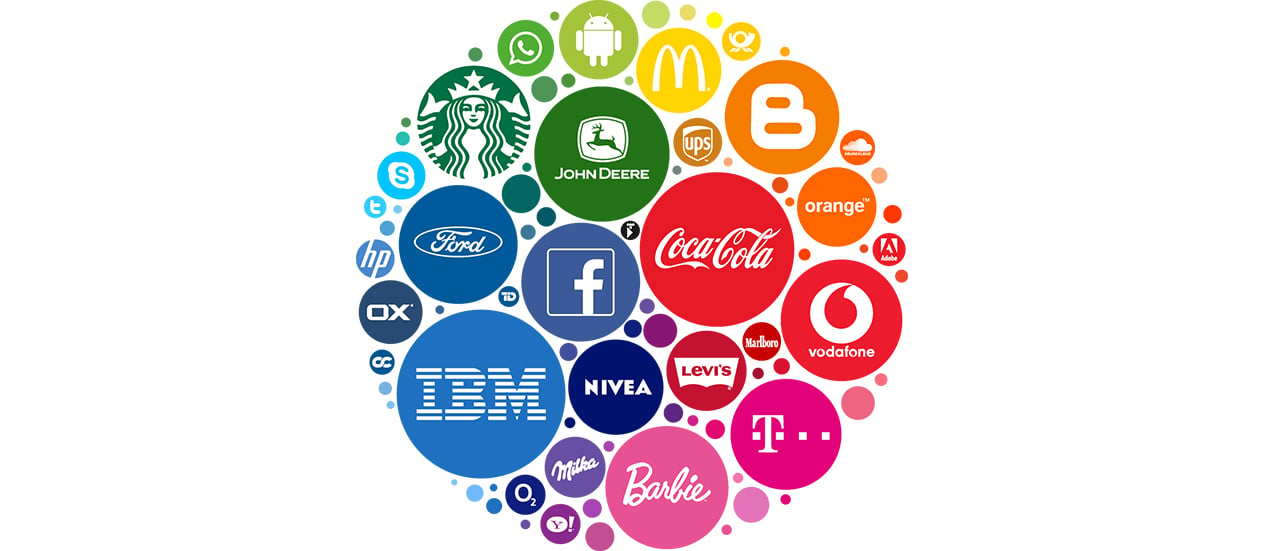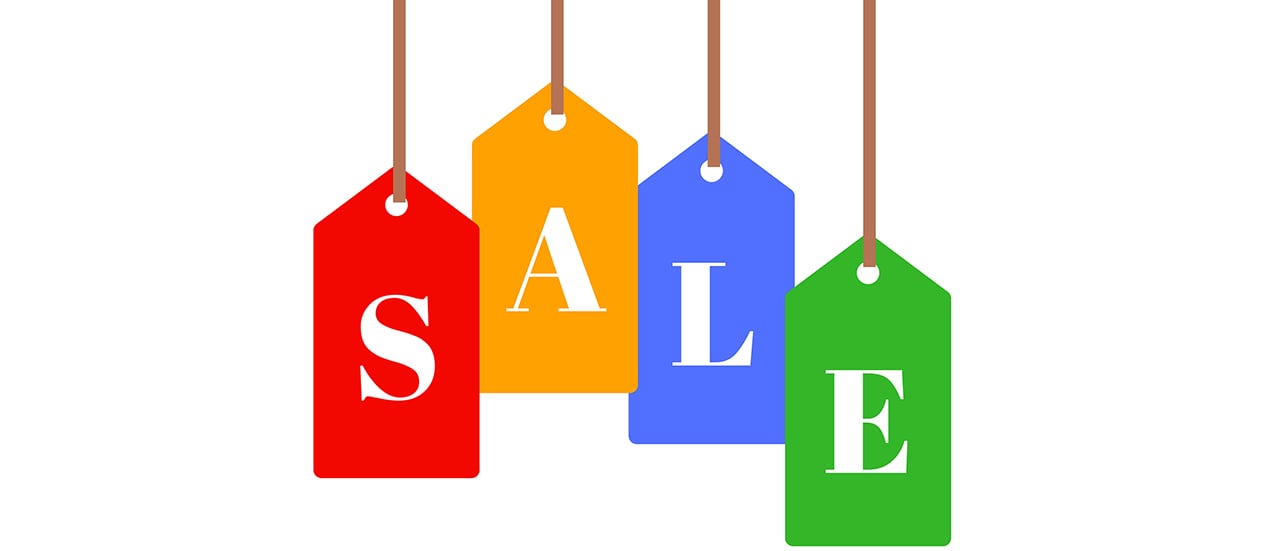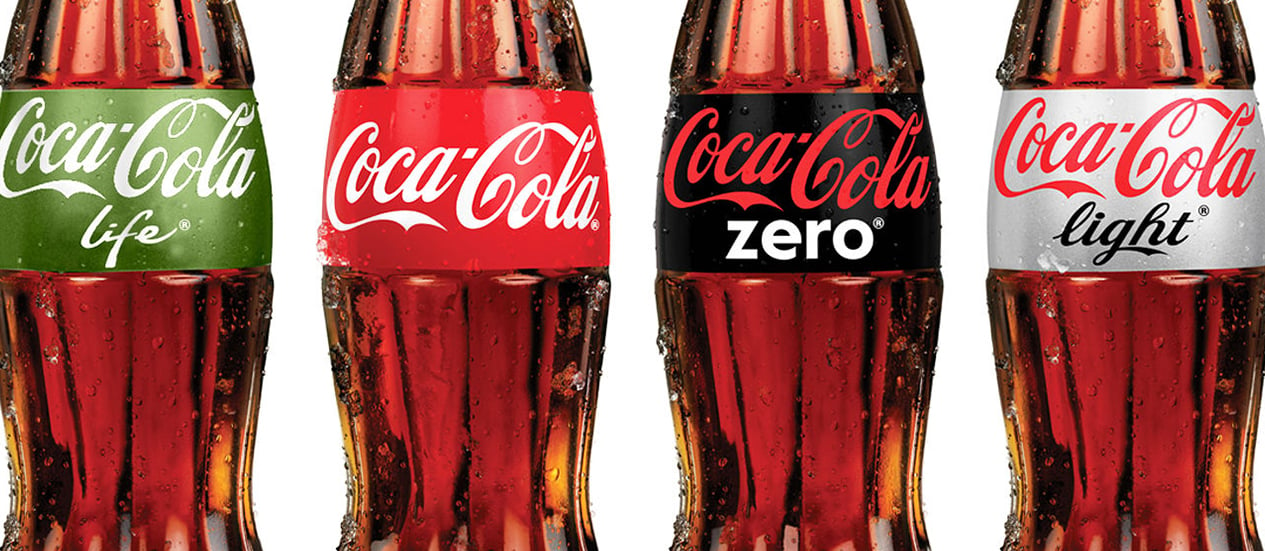Unlike many other areas, marketing costs are somewhat easy to cut. It takes very little time to hit pause on a social media campaign or postpone that email marketing campaign you believe prospects won’t mind not being a part of. It is, however, proven that an increase in marketing spend during difficult times can gain long-term benefits for a business.
History has shown that during a difficult period consumers are more likely to rein in their spending with business owners following suit. Anticipating a knock-on effect on sales, businesses have normally made cuts on variable costs like marketing to meet expectations of the financial market, not realising that doing so can leave their brand vulnerable and less competitive once the economy recovers.
- Is it time to slow down?
- Reinforce your brand
- Think about your customers
- Adjust your product portfolio
- Re-evaluate pricing
- Focus on building trust
- Position for recovery
- Final say
Is it time to slow down?
The research included in the Analysis of the Profit Impact of Marketing Strategies (PIMS) Database found that companies who increased or maintained their marketing expenditure during an economic downturn achieved a significantly higher return on capital, and gained a further 1.3% market share.
It might be difficult to get your head around this thought of thinking because common sense dictates that if everything is slowing down, customers are spending less shouldn't the business also be doing less? The answer is yes and no, yes because certain things have to slow down you just need to know which, and no because it’s slow times like these that as a business leader you can get creative and seek out opportunities whilst competitors are consolidating their interests.
To understand this way of thinking, you have to first understand the relationship between the share of market and share of voice, the relationship between brand size and profit margins and the fact that opportunities often arise during the 'quiet' of a downturn.
-
The relationship between share of market (SOM) and share of voice (SOV)
It’s proven that the higher your SOV in comparison to your SOM the higher the likelihood of your brand growing its market share in years to follow, meaning if you increase your marketing investments when competitors are making cuts to theirs you should see a considerable increase to their brand awareness and importance.
-
The relationship between brand size and profit margins
Big brands have traditionally attracted repeat purchases and redeeming their marketing investments better than smaller brands, which means that brands who increase their share during a downturn benefit from repeat purchases once the economy returns to normal.
Competing in an economic downturn is similar to running a marathon. The wise runner will see an opportunity to take the lead and work to increase the distance between them and competitors whilst they struggle. If the gap becomes too wide it becomes tougher for them to regain the lost ground when the pace picks up.
What to do

Reinforce your brand
It is in an economic downturn that brands should reinforce their USPs to existing customers, whether this is through focusing investments on core brand offerings that work on perceived quality and desirability or putting together strategies that focus on assuring loyal and valuable customers, to ensure they don’t defect to cheaper alternatives now or when the economy picks up.
Think about your customers
Businesses who look deeply at their customers’ needs usually find that constructive change to the marketing budget that involves adjusting strategies, tactics and product offerings yield better outcomes in the present and especially after a difficult time than indiscriminate cuts. So, it’s perhaps better to think about how can we reposition a campaign or an offering to show agility and the ability to meet your customer’s changing needs. Take Just Eat’s recent move to offer contactless takeaway delivery and care packages for the elderly during the Coronavirus pandemic.
Adjust your product portfolio
As needs and behaviour changes so should your product portfolio to reflect these changes. There is no point in continuing to offer broad product lines that absorb marketing costs, resources and working capital in a slow-moving inventory, instead making innovative improvements that grab attention, fill a need and motivate purchases would be wise.

Re-evaluate pricing
Depending on the industry and the type of economic crisis, discounts can be a great way of showing that you understand your customer’s situations.
Many marketers will decide to expand on temporary price promotions, but should be careful to keep an eye on consumer perception of ‘normal’ price levels; as unrestrained promotions can have customers changing their expectations about price and quality making for a difficult recovery period when businesses want to go back to normal. Another risk of excessive discounting is the chance that you could start a costly price war.
Examples of effective flexible pricing are businesses who extend customer credit, providing finance plans or reducing up-front costs and penalty charges or unbundling offerings to increase options or the opposite and adding more unto a bundle. Each of these will help to make services more accessible to existing and even prospective customers.
Focus on building trust
Reinforcing trust during difficult times is essential. Customers more than ever need to know that they can depend on a brand to come through for them as they struggle, and building an emotional connection with a brand means more when they need it the most.
Messages should demonstrate that you’re on the customer’s side, so if sales are going down this is the perfect time to adopt a strategy that says ‘we’re all in this together’. Whether it is through a loyalty campaign for those who make small purchases as well as the bigger ones, or brand activities focused on how you are actionably showing you value your customers.

Position for recovery
An economic downturn doesn’t last a lifetime but the effects can be felt long after the period has come to an end.
The current situation may be all-consuming for business owners and consumers alike because it's happening now and everyone is being affected in some way now, so it's difficult to see beyond the here and now especially when we're unable to tell when it will come to an end.
Often those who successfully weathered the storm and came out on the other side done so by focusing on their customers’ needs and strengthening their brands for the hopefully many tomorrows as much as the now.
What is important is understanding that there will be fundamental changes with the way consumers operate for some while after everything goes back to ‘normal’, but it might be impossible to go back to business as usual. During the difficult times as a business, you have either lost trust and market share or you proved your salt and strengthened your position despite the circumstances, everything is normally revealed once things calm down.
If you made indiscriminate cuts to marketing without fully understanding the implications it is normally at this time that you begin to find out whether it was the right decision or not, one thing is for sure marketers should expect and be prepared for shifts in consumer values and behaviour.
Final say
Despite all the arguments for marketing spend, it is entirely up to management teams to decide what the best strategy is for their business and brand as these decisions normally depend on many factors around your brand's strength and expected reactions from competitors.



